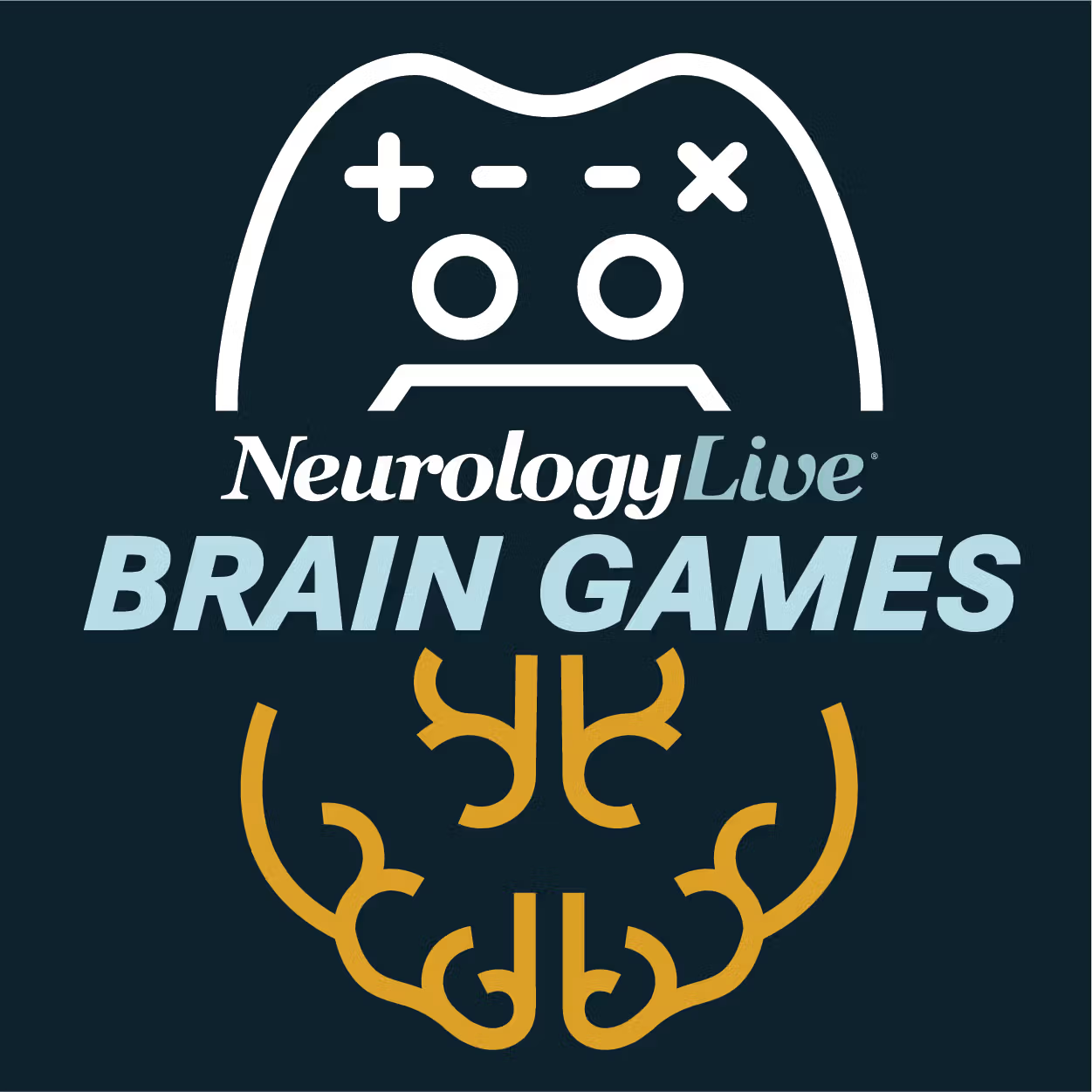Commentary
Article
A New Era in Research: Exploring Cognitive Health and Alzheimer Disease in Down Syndrome
Author(s):
Elizabeth Head, PhD, a professor in the Department of Pathology and Laboratory Medicine at the University of California, Irvine, shed light on the emerging research and trials surrounding the interplay between Alzheimer disease and Down syndrome.
Elizabeth Head, PhD

Alzheimer disease (AD) and Down syndrome (DS) are interconnected through a shared genetic and pathological pathway. Individuals with Down syndrome, caused by the presence of an extra copy of chromosome 21, are at significantly increased risk for developing Alzheimer disease. This link arises because chromosome 21 houses the gene encoding amyloid precursor protein (APP), which plays a critical role in AD pathogenesis. Overproduction of APP leads to excessive amyloid-beta deposition, a hallmark of AD pathology. Consequently, many individuals with Down syndrome exhibit early-onset AD, typically developing symptoms in their 40s or 50s, accompanied by accelerated brain aging and neurodegeneration.
The subject of AD and DS was brought up in a talk at the 2025 AD/PD International Conference on Alzheimer’s and Parkinson’s Diseases, held April 1-5 in Vienna, Austria, by Elizabeth Head, PhD. In her presentation, Head, a professor in the Department of Pathology and Laboratory Medicine at the University of California, Irvine, gave clinical research and trial updates on people with Down syndrome, using data from the Alzheimer Biomarker Consortium-Down Syndrome (ABS-DS).
Following her presentation, she sat down with NeurologyLive® to discuss more about her presentation, and the intersection of DS and AD. She spoke on the transformative strides being made in research and clinical care, highlighting the development of tailored cognitive assessments and the groundbreaking inclusion of individuals with DS in AD trials. Beyond the trials, she dove into the lived experiences of people with Down syndrome and their families, emphasizing the importance of equity, specialized care, and collaboration to improve outcomes.
NeurologyLive: Can you give a little bit of an overview of this presentation and why this was a topic of interest for you?
Elizabeth Head, PhD: The idea of the presentation was to provide an update on what we're accomplishing through ABC-DS. It's one of the larger studies of aging and Alzheimer disease in people with Down syndrome. This is a really exciting time because we’re close to starting some clinical trials. I wanted to share how we’ve helped develop some of the outcome measures that are important for these trials. At the same time, I emphasized that there’s still so much to learn to help people with Down syndrome. Personally, I’m so passionate about this area, which is why I was so delighted that they selected this for the first symposium.
What does the pipeline for Down syndrome/AD trials look like right now?
It’s a very exciting time. Historically, people with Down syndrome were specifically excluded from clinical trials for Alzheimer disease for a variety of reasons. Now, we’ve developed excellent outcome measures to evaluate the efficacy of interventions for this population. Just this year and next year, there are at least two or three clinical trials that have started or will be starting. Compared to decades of drought, this feels like a rainstorm. It’s such an exciting time because we finally have something to offer.
How did you and your organization work toward understanding which outcome assessments are appropriate for this patient population?
The clinical and neuropsychological outcome measures we use have evolved over the past 40 years, thanks to giants in the field. These pioneers began figuring out ways to test learning and memory in people with Down syndrome, who often have pre-existing intellectual disabilities. Standard tests aren’t suitable for this population, but now we even have tools for non-verbal individuals.
We arrived at these measures through trial and error, assessing their sensitivity to early changes in learning and memory that might signal dementia, and determining whether they change over time. We’ve considered floor and ceiling effects and empirically refined measures based on whether they respond to treatment.
Informant-based measures, which involve input from caregivers, have proven effective. Recently, there’s been discussion about incorporating global clinical impressions into our studies. These developments reflect just how far we’ve come. In our study, diagnosing dementia in people with Down syndrome involves consensus; a group evaluates all the data and decides whether someone has mild cognitive impairment or early dementia.
How much of a challenge is it to know whether cognitive deficits stem from Down syndrome or Alzheimer disease?
That’s a great question. At younger ages—say, in their 20s or 30s—there may be neurodevelopmental factors explaining cognitive deficits. There’s also a condition called Down syndrome regression disorder that can sometimes be misdiagnosed as dementia, but it occurs in much younger individuals and isn’t related to Alzheimer disease pathology.
For people with Down syndrome, differences in brain structure might reduce their ability to compensate for pathology, potentially explaining why they develop dementia earlier. Of course, there’s also the genetic component, but it’s not just the amyloid precursor protein gene; many other genes on chromosome 21 are involved. So, teasing apart neurodevelopmental issues from dementia is complex but fascinating.
Given the early onset of AD in people with Down syndrome, how do you approach conversations and management of this disease in these patients?
I’d love to see more clinician education in this area. Families and self-advocates often struggle to access specialized care. Sometimes, symptoms are dismissed as just part of Down syndrome rather than being recognized as Alzheimer’s disease. Experienced clinicians can differentiate between the two and offer treatments, such as anticholinergics, which work reasonably well for this population.
Managing additional psychiatric features is also crucial. Raising awareness among clinicians about the variability in onset and the interventions available could make a significant difference. The population with Down syndrome is aging, and there are over 200,000 individuals in the U.S. alone. As this group gets older, the need for specialized care will grow.
What does the eligibility look like for anti-amyloid treatments for these patients, considering they are often left out of clinical trials?
Anti-amyloid therapies are especially relevant for this group because people with Down syndrome produce too much beta-amyloid from birth. They seem to clear it until their mid-30s, after which it begins accumulating in the brain. This makes them excellent candidates for beta-amyloid immunotherapies and even prevention studies.
We’re hopeful that prevention studies could stop Alzheimer’s disease in this population. Although these drugs are available, prescribing them is often a personal decision between doctors and families. There’s uncertainty about potential side effects due to other coexisting pathologies in Down syndrome.
Additionally, we’re exploring non-pharmacological interventions, such as addressing highly prevalent sleep apnea, which negatively impacts brain health. Combining therapies will likely play a critical role in the future. Compared to the small, inconclusive trials of the past, today’s clinical trials are properly designed for this population, and that’s really exciting.
From a research perspective, where should future efforts be directed?
We need more families to participate in research and for researchers to collaborate with families and clinicians. It’s important to focus on issues that matter most to the Down syndrome community, not just what researchers find interesting.
One key question is how co-occurring conditions, like sleep apnea, impact the trajectory of cognitive decline. I’m also excited about studying protective factors in people with Down syndrome who, despite having Alzheimer’s pathology, don’t develop dementia. What can we learn from them?
There’s also a need to reach individuals outside major cities and address health disparities. For instance, the lifespan of Black and Hispanic individuals with Down syndrome is 20 years shorter than their white counterparts. This isn’t biological—it’s due to health disparities. Tackling this should be a priority.
When you talk to people with Down syndrome and their families, what is most important to them?
People with Down syndrome want the same things as everyone else: meaningful work, independence, and relationships. Families want these aspirations supported. They also want respect—like being spoken to directly by clinicians rather than having everything directed at a caregiver.
Access to care is a common struggle, as is navigating the varying benefits offered by different states. When dementia sets in, families face even more challenges, especially as caregivers themselves grow older. The consistent message I hear is that people with Down syndrome want to do more and contribute more. It’s up to us to provide them with the opportunities to thrive.
Transcript edited for clarity. Click here for more AD/PD 2025 coverage.





